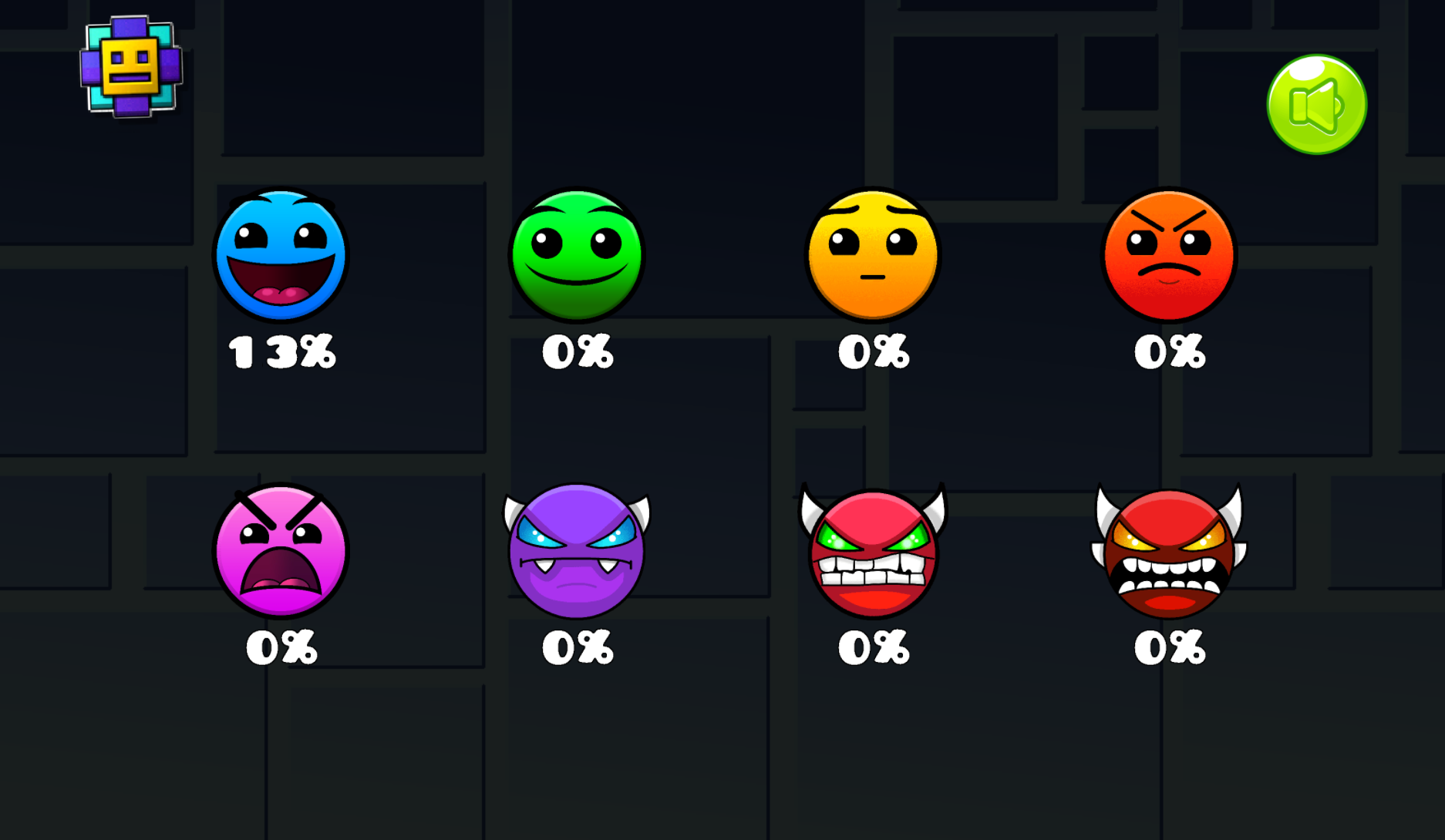Maintain Harvey under the Human Expenditure Program
Keep exploring
Keep the momentum going with more arena racers, action trials, and puzzle standouts.

Happy Land

Fireboy and Watergirl: Ice Temple

Sort the Court!

Take Care of Your Own Hollyberry

Hollow Knight

Fireboy and Watergirl: Forest Temple

Fireboy and Watergirl: Elements

Take Care of Your Own Shadow Milk

Geometry Dash Wave

NSR Street Car Racing
BLOODMONEY2 – manage care inside a quiet surveillance machine
Operate the routine, read the subtext
BLOODMONEY2 places Harvey in a clinical environment where your small actions ripple into larger, unseen judgements. Breakfast timing, tooth-brushing thoroughness, rest scheduling, and budget sorting all look harmless on the surface, yet each click nudges a hidden score that shapes what follows. The interface is sparse and readable, the animations gentle and pastel, and the tone oddly polite—until the system reacts. Across short cycles, BLOODMONEY2 asks whether kindness, efficiency, or obedience should guide you when those values clash. Succeeding is never just about winning a meter; it is about deciding which meter deserves to exist.
How the loop works
Each day in BLOODMONEY2 is divided into tidy micro-tasks: hygiene, meal prep, rest management, bookkeeping, and emotional check-ins. The controls are simple—hover, click, drag, and sometimes hold—so your attention can sit on outcomes rather than inputs. When you prep food too quickly you save time but may shortchange nutrition; when you linger over reassurance you might miss a scheduled audit window. The ledger neither congratulates nor scolds you outright. Instead, BLOODMONEY2 lets the next scene shift: an extra questionnaire opens, a camera LED flickers, a supervisor’s line arrives with a slightly different cadence. You learn by noticing, not because a prompt tells you so.
Compassion vs. compliance
The defining tension in BLOODMONEY2 is where you spend your limited minutes. Harvey benefits from warmth—slow speech, eye contact, small comforts—yet the program rewards punctuality and rigor. Offer a generous breakfast and the spreadsheet might flag an overage. Trim it to the gram and his mood dips, inviting dialog you didn’t plan for. Across runs, BLOODMONEY2 teaches that no interaction is neutral: a fast brush earns a cleanliness tick but risks gum irritation notes; a perfectly balanced budget could hide a category the auditors prefer not to see emphasized. You will explore not only the mechanics of the system but the ethics of being efficient under observation.
Hidden scoring and branching reports
Though you can’t see the exact math, BLOODMONEY2 tracks what you privilege. Compassion over speed? Speed over obedience? Obedience over comfort? After a few cycles, the program outputs different paperwork and cues, quietly revealing its worldview. A merciful decision might unlock a glitchy file with redacted remarks; a strictly on-time routine could invite a cold, approving silence. The paths aren’t color-coded; they’re inferred through repetition and contrast. That is why BLOODMONEY2 excels at replay value: you want to try a careful, caring day, then a clinical, flawless day, then a chaotic day to see which parts of the machine creak and which parts hum.
Micro-games with meaning
Each task in BLOODMONEY2 is short but expressive. Brushing is a rhythm mini-challenge where over- or under-doing it carries different tradeoffs. Cooking asks you to sequence steps thoughtfully without wasting supplies. Finance sorting has you drag income and outflow tiles into labeled categories, tempting you to tuck uncomfortable costs someplace they will attract fewer questions. Rest requires you to tune a timer that respects circadian hints rather than brute forcing max duration. Emotional care is the most ambiguous: word choices and eye movements invite interpretation, and here BLOODMONEY2 reveals its heart—it wants you to interpret intentionally, not click through.
Atmosphere and sound
The audiovisual design supports the premise without cheap jumps. Soft keys, gentle room tones, and small UI pips form a private rhythm. When something changes—an audit chime, a paper rustle with too many staples—you feel it. The result is that BLOODMONEY2 is eerie without being loud. Its horror is procedural: the dread of being watched and graded for trying to be kind. That tone keeps the sessions approachable yet sticky, encouraging you to play again now that you’ve sensed the pattern hiding under yesterday’s calm.
Why short sessions matter
Runs in BLOODMONEY2 last minutes, letting you test hypotheses quickly. Try a hyper-efficient morning, then a nurturing one. Toggle your approach to budgeting or sleep and observe what the paperwork whispers later. Because the ledger never fully reveals itself, building your mental model becomes the game. That design makes BLOODMONEY2 perfect for brief breaks and deep dives alike: sprint through two loops while waiting in line, or spend an evening mapping decision trees to chase rare endings.
Routes to multiple outcomes
Endings in BLOODMONEY2 aren’t trophies so much as perspectives. Some are tidy, some messy, some suggest that the system wanted your complicity more than your success. A few offer compassionate breakthroughs that feel hard-won. None are random. When you finally unlock a report that addresses Harvey like a person rather than a case, it lands because you earned it through gentle consistency under pressure. That is the particular alchemy BLOODMONEY2 offers: a small interface that can carry moral weight.
Tips for early mastery
Start by pairing one generous action with one precise action each cycle in BLOODMONEY2. For example, slow down during emotional check-ins but hit a perfect cook sequence. On the next run, invert the priorities. Keep a mental note of which follow-ups appear: extra questions, altered patrol routes, revised thresholds. In budgeting, label honestly for a few cycles to establish baseline behavior, then experiment with categorization to see how oversight shifts. For hygiene, aim for consistency rather than speed—audits hate variance. Above all, remember that BLOODMONEY2 rewards intent. Rushed kindness reads differently than deliberate care, and the game can tell.
Who will enjoy this
If you like narrative sims that hide their mechanics inside believable tasks, BLOODMONEY2 is for you. Fans of incremental strategy will appreciate the cause-and-effect clarity, while story-driven players will follow the quiet breadcrumb trail of memos, glitches, and revised forms. Streamers and short-form creators will also find fertile moments: tight loops, visible consequences, subtle reveals. Because BLOODMONEY2 communicates through nuance, reactions feel authentic rather than jump-scare rehearsed.
Play comfortably anywhere
BLOODMONEY2 runs smoothly in the browser with straightforward mouse inputs, making it easy to pick up on desktop or laptop without tutorials. The readable fonts and high-contrast UI help you track timers and instructions at a glance. Headphones elevate the mood, but speakers are fine. No grind is required; the challenge is observational, not mechanical. That accessibility means BLOODMONEY2 can fit into a lunch break or a late-night wind-down without friction.
Ethics at the center
Most management games are about optimizing a visible bar. BLOODMONEY2 asks whether some bars should stay invisible because the act of measuring them might harm the person you’re managing. It’s a smart twist on simulation design—one that respects your ability to notice patterns and interrogate them. When you choose to spend an extra moment reassuring Harvey, you are not just trading seconds; you are making a statement about which outcomes matter. Over time, BLOODMONEY2 lets those statements accumulate into endings that feel like arguments, not scores.
Final thought
Come to BLOODMONEY2 for the tidy micro-games and stay for the way the system watches you back. It’s a compact, thoughtful experience where brushing teeth, cooking simple meals, balancing a ledger, and choosing words become levers for tone and consequence. Whether you chase perfect punctuality or intentional kindness, BLOODMONEY2 turns everyday care into a design space for meaning—one brief cycle at a time.
Maintain Harvey under the Human Expenditure Program is ready to play
Guide Harvey through monitored daily routines in a pixel-horror sim. Balance care, compliance, and speed to earn hidden grades, unlock reports, and expose the program’s motives through repeatable runs.
Share Maintain Harvey under the Human Expenditure Program
Spread the word, invite friends, or bookmark this page to revisit the story whenever you need it.